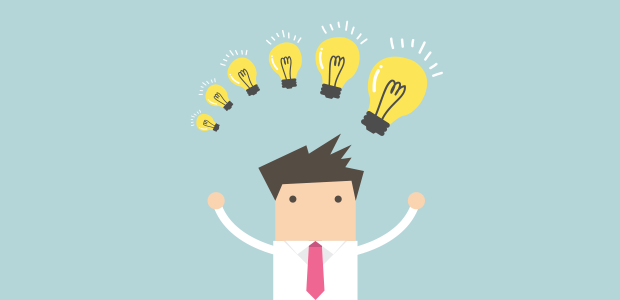When you have a great product idea in mind, you spend sleepless nights brainstorming.
What should be done first? Which feature should be built? How much time do we spend on MVP? Many other questions might come to mind of startup founders and product owners when starting their venture.
In this blog post, we will be sharing some of our thoughts on product prioritization while deciding to run a startup.
How does the Product prioritization work
The first thing to do in prioritization is to define priority. And we can define it as Priority = Customer Impact / Team Effort. If you have some tasks with very high impact but low effort, then these are high-priority tasks. If tasks require a high effort but the impact is low, then they’re low priority tasks and most likely you’ll never do them.
As a part of prioritization might be also figuring out what we aren’t building and it might be more important than figuring out what we are building next.

Brandon Chu, Mar 6, 2017, Ruthless Prioritization
While planning an MVP, we write down possible features and then we start crossing them out. We end up with a limited list of items that are actually necessary. The aim is to only have a list of utmost important items.

In the very beginning of building a startup, it’s also beneficial to prioritize learning. For example, if we prioritize learning over the customer experience, then we don’t build good-looking products from the start. We use tools like Google forms, emails, manual operations.
When you can sell your prototype or concierge MVP to 10-50 people, that’s when you can start building the next iterations of an MVP.
What things to focus on while building the product?
- Understand the customer impact, product-market fit.
- The number of customers affected if they want to use the product, the new feature, etc If you as a startup founder can’t state the expected customer impact, or you aren’t sure about it, it’s the red flag, then probably the feature shouldn’t be built at all.
- You should have one KPI and it should be focused on growth.
Whenever you build something, it should bring numbers. How much is the impact? What is the hypothesis? Every single thing you do should end up impacting this KPI. - Customer experience. Do they get the value of the product?
- Talking to your customers. It’s often seen that many startup founders don’t talk to customers which is not good, they should be close to customers and understand their pains.
As the company grows, later on, you might focus on retention and branding, and attracting top talents.
What not to focus on while building the product?
- PR. Great attention on PR is a waste of time, wrong priority at the beginning of the startup.
- Fundraising shouldn’t be also the main focus, that’s not your goal as a startup. Your main goal is to build a product that customers want.
- Bureaucracy, processing documents doesn’t create value to users.
What can go wrong?
- Building products based on opinions – It’s a way of starting, but eventually, all the decisions shall be based on real data.
- Great focus on design – The design is just like packaging, it might change very often according to the user’s feedback.
- Fixed budget – Usually you build what customers ask for and learn every week. Thus better to think in terms of a runway or running costs. In other words – don’t waterfall.
- Deadlines – The most important thing we can do is focus on the right priorities. Deadlines might feel like they give a sense of control, but they will not make a team faster. Prioritization is the key instead. Team might end up working over hours for arbitrary reasons and burnout.
While building products we should always ask ourselves, what is the problem that we are trying to solve, what do customers need.
